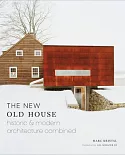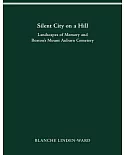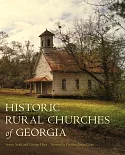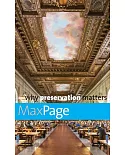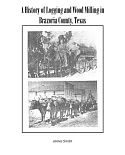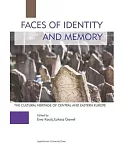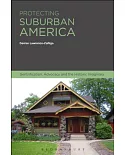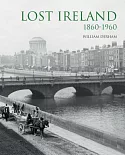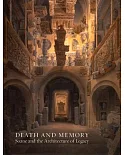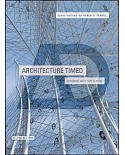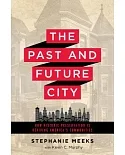The work of prominent and prolific architect George F. Barber (1854–1915) can be found across North America. Virtually every major town has a residence designed by the Knoxville-based
architect, who created and sold house plans through his innovative mail-order business. Despite his widespread success, little has been written about Barber. InArchitectural Ragtime,
Michael D. Alcorn and Christopher R. DiMattei provide an unprecedented and comprehensive analysis of Barber and his oeuvre, which is enhanced by extensive contemporary documentation of these
historic homes.
This study is the first to focus solely on the accomplishments of Barber’s business and its influence on the development of architectural design as a professional service rather than as a
product. It explores Barber’s philosophy that good architectural design should be available and affordable to anyone, even those with the means to build only the most modest of homes. By
investigating the remarkable versatility and range of Barber’s style and enterprise, this book provides a new perspective on the overall look and impact his houses had on North America’s
housing legacy. It adds to the mounting evidence that the mail-order plan and kit-house suppliers of the late nineteenth and early twentieth centuries were major drivers of the character and
improved quality of American neighborhoods.
The book examines the development of Barber’s artistic taste and the basic architectural forms that he employed to create it. The best of his work qualifies as Queen Anne Victorian, although
his extensive repertoire included Romanesque- and Colonial Renaissance–style residences as well. As a businessman, Barber worked to meet client demands, yet he managed to maintain
consistently high artistic standards.
Replete with hundreds of photographs of Barber dwellings and illustrations that are both revealing and instructive, this volume is a valuable tool for local historians and preservationists
seeking to identify, document and evaluate the historic appearance or significance of Victorian-era architecture in general and Barber buildings in particular. Students and scholars of
history and architecture as well as historic home enthusiasts will find this an important resource that will enhance their understanding and appreciation of this influential architect.


